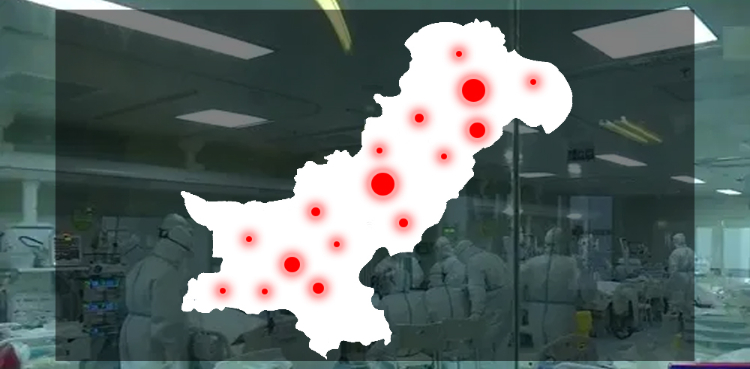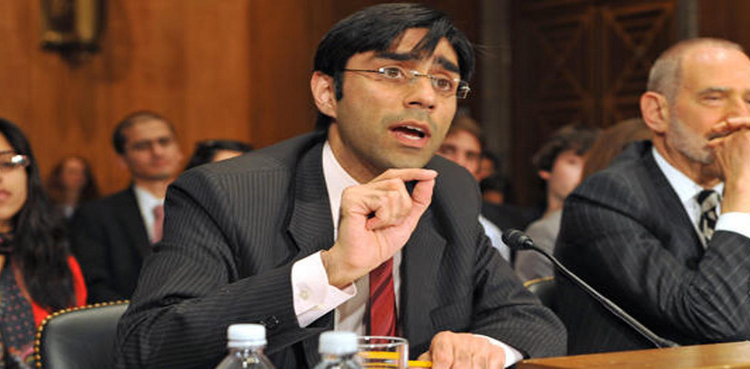Contrary to the promises by political parties to decrease electricity prices, the Power Division has made a plan to reduce the subsidy by 25% being extended to domestic consumers.
The division, under directives and approval by the Special Investment Facilitation Council (SIFC), has tailored the new design to stimulate economic activities, led by export-oriented industrial growth for the International Monetary Fund (IMF) concurrence.
The top mandarins of the Finance Ministry would seek the global lender’s nod on the tariff rationalisation plan, prepared by the Power Division think tank.
Under the new tariff structure, the subsidy would be reduced for the domestic sector using less than 400 units by Rs161 billion to Rs431 billion from the current Rs592 billion.
Apart from the domestic consumers, agriculture consumers, who are getting Rs39.30 billion subsidy, would be done away with and this is how agriculture tariff would be bought at part with their cost of service after increasing their fixed charges and predicting variable tariff.
Under the new power tariff design, the cross-subsidy of Rs222 billion being given to lifeline, protected and to some extent of power consumers, who use electricity units below 400 units, will be withdrawn and in return, the government would impose fixed charges of Rs50 per month to Rs450 on those who fall in lifeline and protected consumers using the electricity up to 200 units a month.
The government would not resist, rather it has decided to increase the fixed charges of unprotected consumers using electricity of more than 100 units and reduce their variable tariff ensuring that their net monthly bill increase is less than Rs1,000 units a month. The exemption would be the high-income/consumption consumers whose bills will be impacted by less than 10%.
The higher fixed charge of Rs3,000 per month will be imposed on single-phase consumers, using more than 700 units per month, to force them to shift to categories using time of use (ToU) meters or three-phase meters.
However, the government will lower the tariff of three-phased ToU consumers having a load of 5kW and above to reduce the cross-subsidy burden on them and attract single-phase consumers having consumption of more than 700 units per month to switch to three-phase connections. The cross-subsidy, however, will not be eliminated in toto, but it will only be rationalised. Those who have multiple connections in one house will be discouraged.
On the one hand, the government has decided to end Rs222 billion cross-subsidy being given by the industrial sector to the domestic sector, and on the other hand, the government will also increase fixed charges for industrial consumers from Rs500 per kW to Rs1500 per kW. However, its variable tariff will be reduced. In the wake of the said initiatives, the industrial tariff will be reduced in the range of 8.5 cents per unit to 11.75 cents per unit, which will enable the country’s industry to compete with the regional economy.
Commercial consumers are also extending cross-subsidy of Rs64 billion to other consumers. No change is proposed in their cross-subsidy; however, the tariff design is proposed to be changed in line with the domestic and industrial consumers. The fixed charges on commercial consumers will be increased from Rs500 to Rs1000 per kW with a corresponding reduction in their variable tariff. This will have no net impact on their monthly bills.
Single-point consumers are subsiding other consumers by Rs44 billion. They will continue to be subsidised. However, their fixed charges will be increased from Rs800 to Rs1000 per KW and their variable tariff will be reduced resulting in no net impact on their monthly bills.


















































